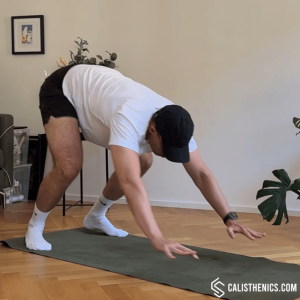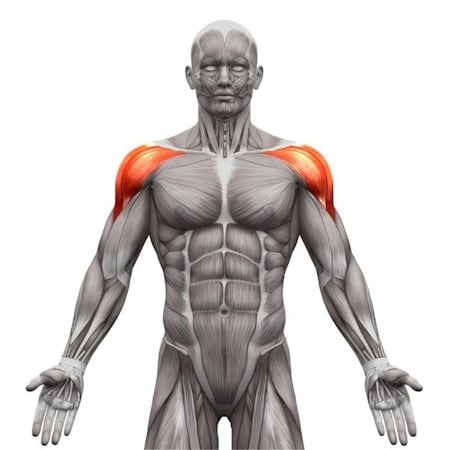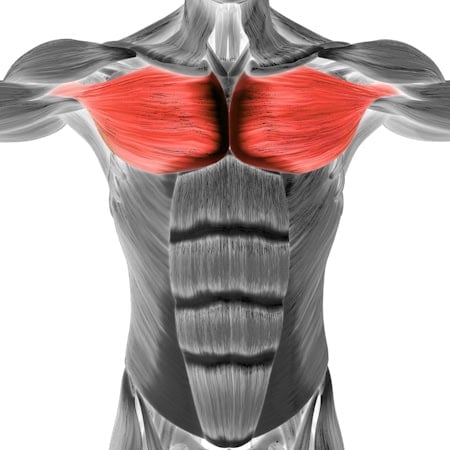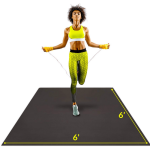Rocking Horse Push-ups
How to do Rocking Horse Push-ups?
Rocking horse push-ups are a variation of the traditional push-up that incorporates a forward-and-backward rocking motion. This unique movement adds an extra challenge to the exercise, engaging not only the chest, shoulders, and triceps but also activating the core and lower body muscles more intensively. The rocking motion simulates the movement of a rocking horse, enhancing body control, coordination, and strength.
Steps to Perform a Proper Rocking Horse Push-up
1. Starting Position:
• Begin in a high plank position with your hands placed slightly wider than shoulder-width apart, and your feet together or hip-width apart.
• Engage your core, glutes, and legs to maintain a straight line from head to heels.
2. Lean Forward:
• Shift your weight forward by moving your shoulders ahead of your wrists. Your toes will naturally tip forward as your chest moves toward the floor.
• Keep your elbows slightly bent as you control the movement forward. Your core should remain tight to prevent your hips from sagging.
3. Lower Into a Push-up:
• As you inhale, bend your elbows and lower your chest toward the floor, keeping your body in a straight line. Lower yourself until your chest nearly touches the ground.
4. Rock Back:
• Once your chest is near the floor, shift your weight backward by pushing through your palms and moving your hips back towards your heels.
• Your arms should extend as you rock back, resembling the motion of a rocking horse. Keep your body in a strong plank position during this motion.
5. Return to Starting Position:
• After rocking back, shift your weight forward again to return to the starting plank position, ready to repeat the movement.
Benefits of Rocking Horse Push-ups
• Builds Upper Body Strength: The forward-leaning push-up motion targets the chest, shoulders, and triceps, helping to build upper body strength and endurance.
• Improves Core Stability: The rocking motion engages the core muscles, helping to improve stability, balance, and control throughout the exercise.
• Enhances Flexibility and Mobility: The rocking movement promotes flexibility in the shoulders, hips, and spine, improving overall mobility.
• Increases Muscle Endurance: By incorporating a continuous, flowing motion, rocking horse push-ups help improve muscle endurance in the upper body and core.
• Improves Coordination and Body Awareness: The rocking motion challenges your coordination and balance, helping to improve your overall body awareness.
• Full-body Engagement: Rocking horse push-ups engage multiple muscle groups at once, providing a comprehensive workout that targets the upper body, core, and lower body.
• Functional Strength Development: This exercise improves functional strength, promoting better control over body movements, which is beneficial in sports and daily activities.
Tips for the proper execution of Rocking Horse Push-ups
Controlled Rocking Motion: Focus on maintaining balance and control during the rocking motion. Avoid letting momentum take over; instead, use your muscles to guide the movement.
Core Engagement: Keep your core tight throughout the movement to prevent your hips from sagging or arching. The rocking motion should be controlled and smooth.
Breathing: Inhale as you lower into the push-up, and exhale as you rock back and return to the plank position.
Muscles worked when doing Rocking Horse Push-ups
Primary Muscles:
•Chest: Pectoralis major and minor
•Shoulders: Anterior deltoids
•Triceps: Triceps brachii (back of the arms)
Secondary Muscles:
•Core: Abdominals and obliques (for stabilization and control during the rocking motion)
•Lower Back: Erector spinae (for spinal support and stabilization)
•Legs: Quadriceps and glutes (engaged to maintain body alignment during the rocking motion)
•Serratus Anterior: Assists in shoulder stability, especially during the forward and backward transitions
Primary Muscle(s):
Secondary Muscle(s):
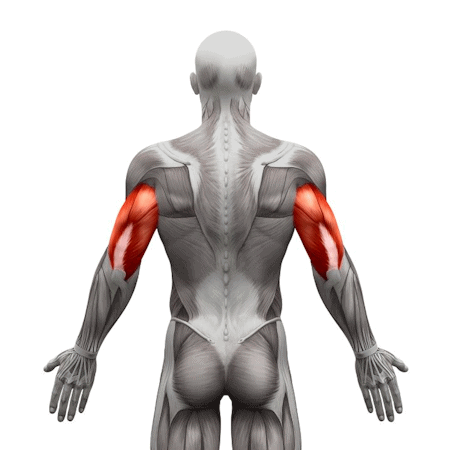
Triceps
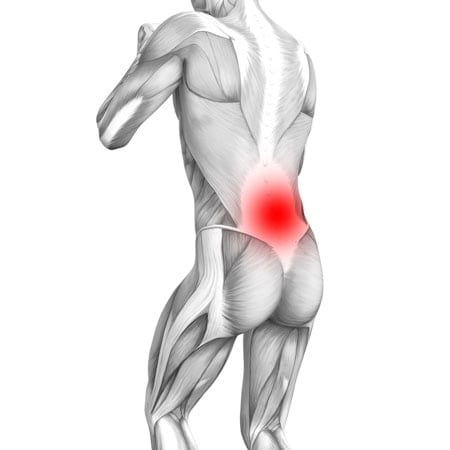
Lower back
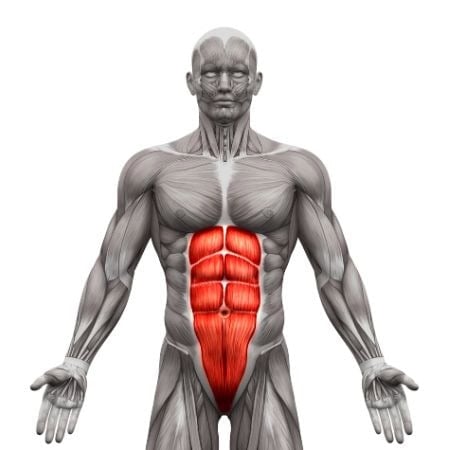
Abdominal
Adjust the difficulty of Rocking Horse Push-ups
How to make Rocking Horse Push-ups harder?
How to make Rocking Horse Push-ups easier?
How to make Rocking Horse Push-ups harder?
To make Rocking Horse Push-ups harder:
-
Add Resistance: Wear a weighted vest or place a small weight plate on your upper back to add resistance, increasing the challenge of the push-up and the rocking motion.
-
Increase Rocking Range: Focus on shifting your weight further forward and further back to maximize the engagement of your chest, shoulders, and core.
-
Slow Down the Movement: Perform each rep more slowly, especially during the transitions between the forward lean and the rock-back, to increase the time under tension and build strength.
How to make Rocking Horse Push-ups easier?
To make Rocking Horse Push-ups easier:
-
Perform Rocking Horse Knee Push-ups: Keep your knees on the ground to reduce the load on your upper body, allowing you to focus on mastering the rocking motion with less intensity.
-
Reduce Range of Motion: Limit how far forward you lean and how far back you rock. Gradually increase the range of motion as your strength and coordination improve.
-
Use an Incline: Perform the exercise with your hands on an elevated surface, such as a bench or step. This reduces the intensity while still allowing you to practice the rocking motion.

